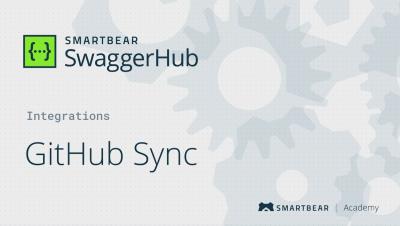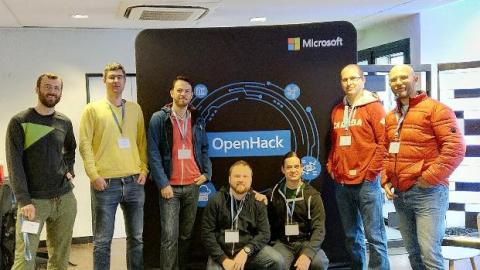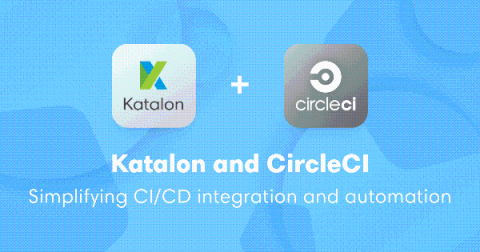Systems | Development | Analytics | API | Testing
%term
GitHub Sync | SwaggerHub Integrations
Azure API Management | SwaggerHub Integrations
Community Roundup: February 1 - 17
Welcome back to another one of our Community Roundups, folks. We’ve got plenty of mentions, from articles to unofficial clients — and, of course, some good old tweets. Let’s get started!
How to Write Unit Tests for Kotlin
Writing tests is an underappreciated part of software development. It usually distracts us from our primary goal and makes us feel we aren’t being productive. However, these tests are a great way to ensure our code works as expected, and they can save us plenty of headaches when we don’t have full control of certain parts of a project (for example, when we are working on the client app and another colleague is working on the server).
Keboola Connection Going Azure
Back in April last year, we made the business decision to make Keboola Connection available on Azure too (no, we're not quitting AWS). The story behind the decision is quite simple — our customers want it.
What is embedded analytics
What is embedded analytics? Embedded analytics is the integration of analytical capabilities and data visualizations - real-time reports and dashboards - into another software application. This allows the end user to analyze the data held within the software application into which the analytics platform is embedded. With this analysis, the end user can identify and mitigate issues and spot opportunities to maximize.
Why monitoring website performance is important?
Nowadays, in the era of instant gratification, when everyone want everything in a matter of moments, understanding the performance of your website, web application, web service is more important than has ever been. Using web performance tools to understand how your application behaves is easy and a best practice that you should follow on a daily basis.
Katalon and CircleCI: Simplifying CI/CD Integration and Test Automation
Katalon is establishing a new partnership with CircleCI — the leading platform for continuous integration and continuous delivery pipeline. This collaboration marks the official support of integrating Katalon Studio automation capability with the CircleCI infrastructure. Katalon provides a robust cross-platform test automation solution that supports web, application programming interface (API), mobile, and desktop testing for teams with minimum requirements for programming skills.
Benchmarking Ozone: Cloudera's next-generation Storage for CDP
Apache Hadoop Ozone was designed to address the scale limitation of HDFS with respect to small files and the total number of file system objects. On current data center hardware, HDFS has a limit of about 350 million files and 700 million file system objects. Ozone’s architecture addresses these limitations[4]. This article compares the performance of Ozone with HDFS, the de-facto big data file system.











